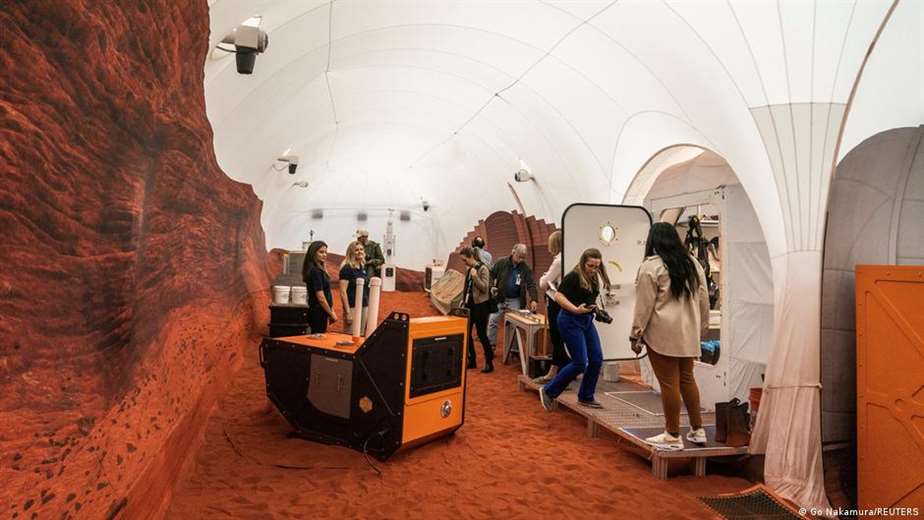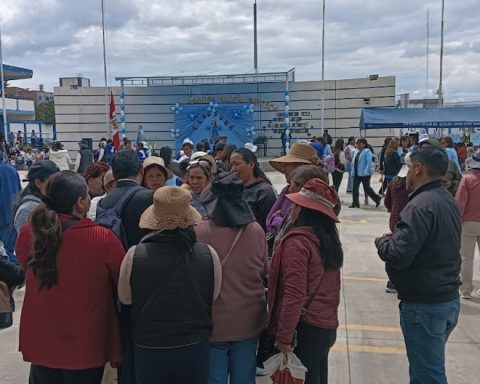
June 28, 2023, 10:20 AM
June 28, 2023, 10:20 AM
The door closed. The four volunteers who they will spend more than a year locked in a habitat that simulates Mars woke up this Monday (06.26.2023) for the first time in the 158-square-meter 3D-printed enclosure, located at the Johnson Space Center in Houston (USA), reported NASA.
The four participantsa team of two scientists, an engineer and a doctor, will spend a total of 378 days cooped up on the Mars Dune Alpha as part of the first of three planned simulations of the surface of Mars, in a mission called CHAPEA (Crew Health and Performance Exploration Analog.
The closest thing to the habitat of Mars
Although without the lack of gravity that the red planet has, the researchers simulate the challenges of a human mission to Mars, including resource constraints, equipment failures, communications delays, and other environmental stressors.
Likewise, the habitat has a living area with four small bedrooms, a living room, an area to grow food and an infirmary. Besides, there is an outer area that simulates the surface of Mars.
“The simulation will allow us to collect physical and cognitive performance data to give us more information about the potential impacts of long-duration missions to Mars on crew health and performance,” Grace Douglas, principal investigator for Mars, said in a statement. CHAPEA.
Preparations for a real mission to Mars
Participants were selected through a call. They include Kelly Haston, a research scientist with experience building models of human disease, and Ross Brockwell, a structural engineer and public works administrator. Completing the mission are Nathan Jones, a certified emergency medicine physician, and Anca Selariu, a US Navy microbiologist.
The experience and information gathered during this time within the simulation will help the POT to make decisions to design and plan a future human mission to Mars. But planning a round trip to Mars is still missing several details. This trip, which would last several years, could take place “in the late 2030s,” according to NASA Administrator Bill Nelson.
















